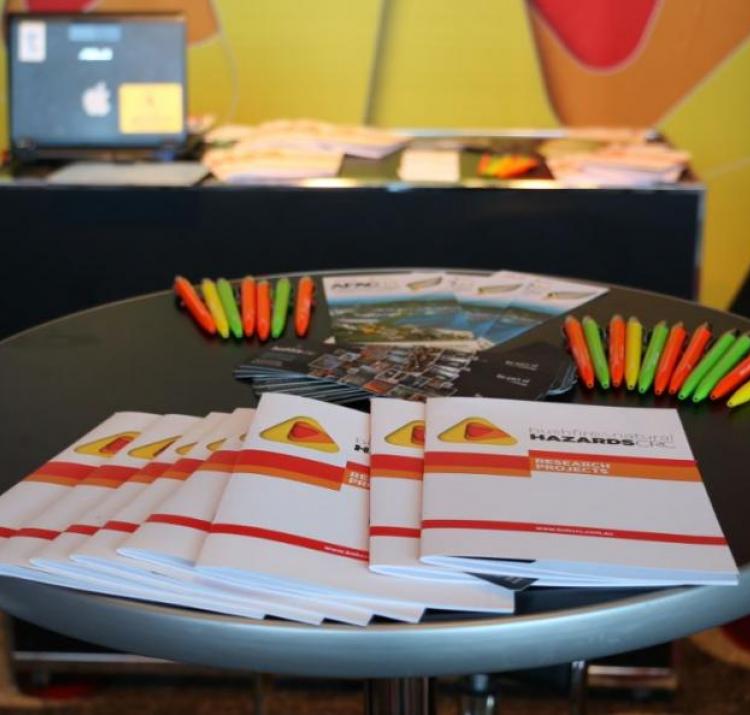Research leader
Research team
In January and February 2019, the north eastern extremity of the Tasmanian Wilderness World Heritage Area was severely impacted by a large fire known as the Great Pine Tier Fire. Researchers have identified assessment of fire impacts on subalpine shrublands within the Great Pine Tier Fire area as a very high priority. This is because there is little data on the resilience of these systems to severe fire and concern that loss of vegetation cover will lead to widespread soil 2 erosion, including reactivation/exacerbation of eroded areas still recovering from fires in 1960/61, thereby despoiling the natural values of the World Heritage Area and compromising water catchments used for hydroelectrical production.
This project was completed with the support of the CRC's funding for quick response. It undertook a rapid assessment of the post-fire impact of the 2019 Tasmanian Wilderness World Heritage Area fires on subalpine shrublands. The research findings highlight the fragility of shrubland in these high-altitude World Heritage Areas under a warming climate and potential increase in fire frequency.
Researchers:
- undertook a rapid assessment of the post fire impact of the fires on subalpine shrublands
- established a detailed assessment of mortality and vegetative and seed regeneration of shrub species throughout the burnt areas
- recorded geolocation and terrain variables, and measured the diameter of burnt twigs understory fuels, providing a very good proxy for fire intensity
- made detailed assessments of the impact of the fire on organic soils.
This assessment is essential to understand the vulnerability of subalpine shrublands to high intensity fires and evaluate the likelihood that vegetation and soils (and hence natural values) will be degraded in the longer term. As part of this, the assessment identified critical sites where restoration/rehabilitation interventions may be required to maintain natural values.
| Year | Type | Citation |
|---|---|---|
| 2021 | Report | Demographic effects of severe fire in montane shrublands on Tasmania’s Central Plateau. (Bushfire and Natural Hazards CRC, 2021). |









